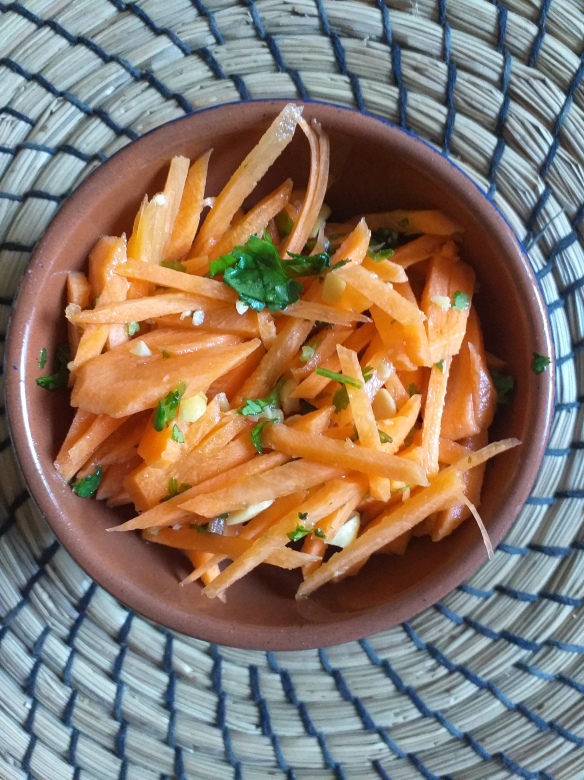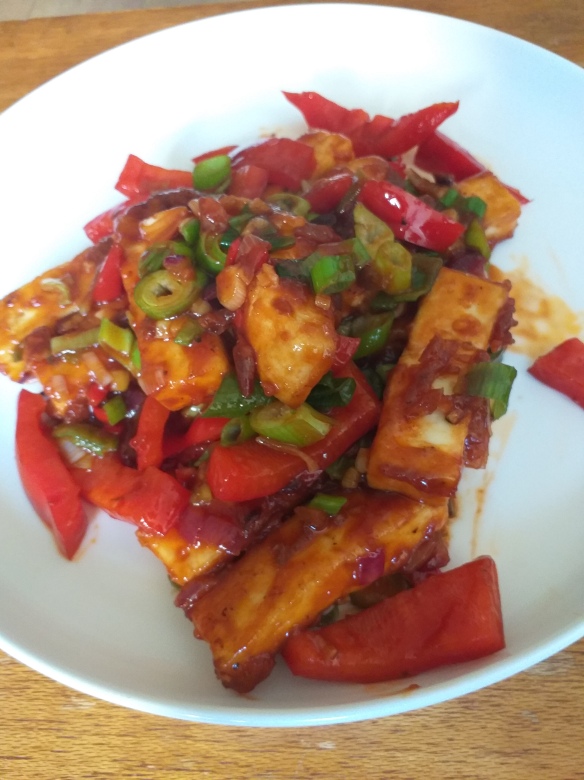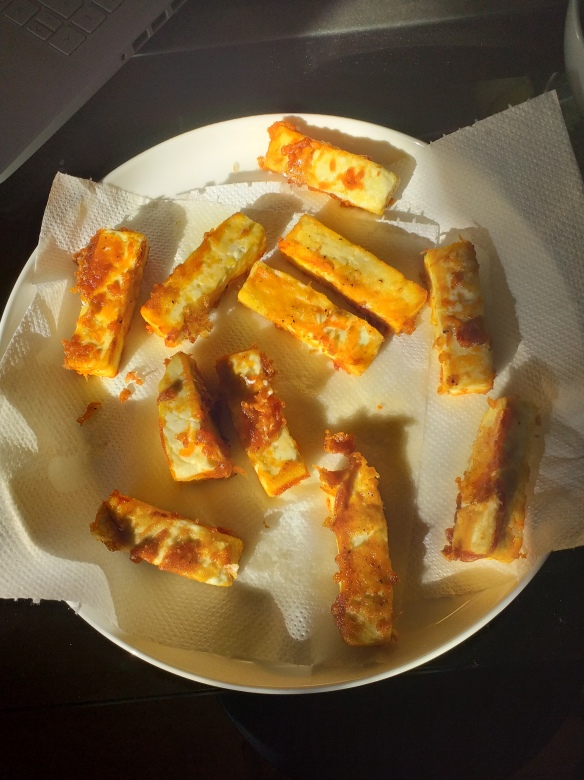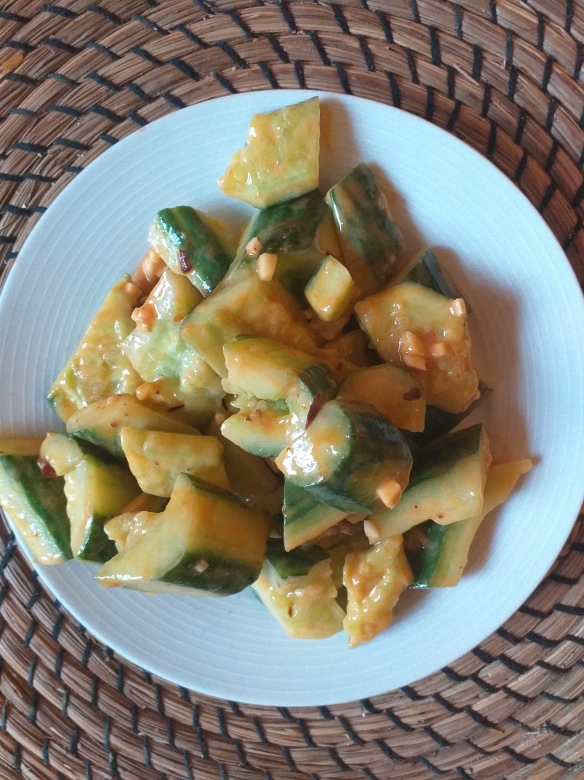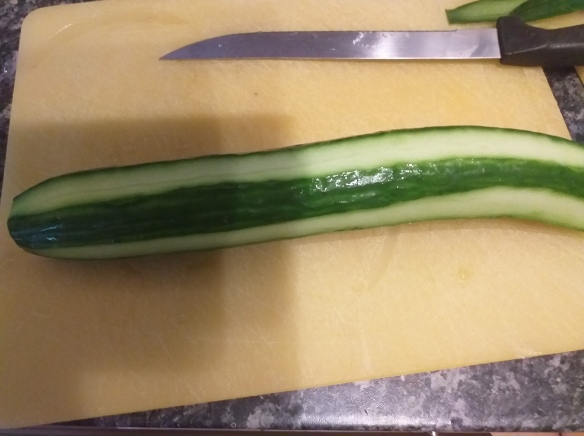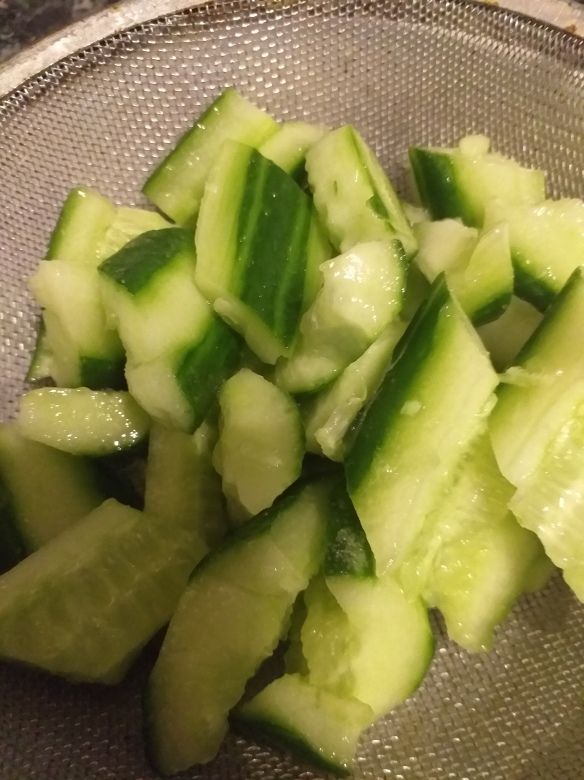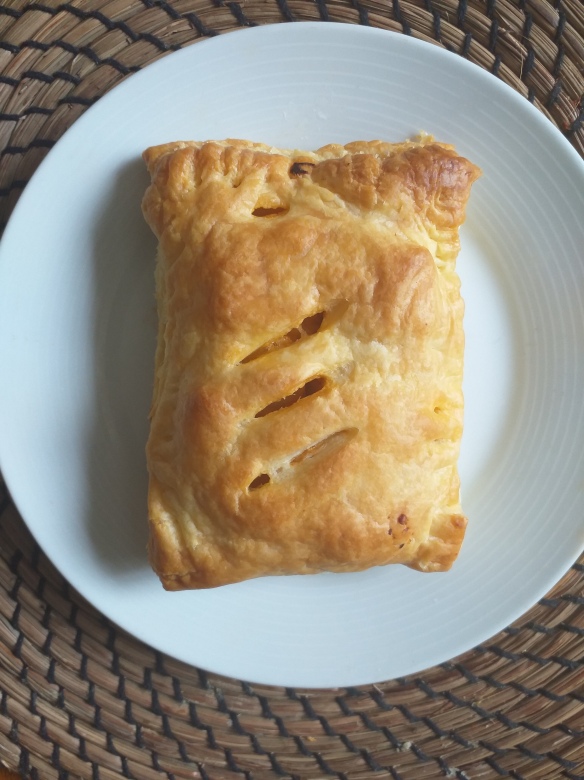
This week is a momentous one in British history. Nope, not because Royal Ascot is taking place behind closed doors. It is a magnificent week, because Thursday will mark the glorious reopening of Greggs pie and pasty shop
One of Britain’s most popular stuffed pastry chains, Greggs is rumoured to have a huge branch located inside top-secret-spy-listening station, GCHQ. But if you can’t wait until Thursday to enjoy a Secret-Service-approved snack – here is a recipe for an easy and delicious potato, cheese and onion pasty.
Pastry bores will say “Actually, it’s not a pasty, it’s a ‘slice’ “. Whatever. You can call it “Mary” or “Horace” for all I care.
But do make this recipe. The combination of delicious, flavoursome filling trapped in a casing of light puff pastry, makes this the perfect snack for a socially distanced picnic.
Socially Distanced Slice
1 packet ready rolled puff pastry (the type with built in baking parchment is the best)
1 large potato
1 medium onion
150g tasty/mature cheddar cheese (the stronger, the better)
1 tbsp finely chopped parsley
1 tsp Dijon mustard
1/2 tsp smoked paprika
Sea salt and ground black pepper
Preheat the oven to 175C
Peel the potato and chop into small cubes. Grate the onion on the coarse setting of the grater.
Put a little oil into a frying pan and fry the potato cubes over a medium heat until they are lightly browned, but not completely cooked through (you want them to retain some bite in the pasty). Drain and place in a large bowl.
Add a little more oil to the pan and lightly fry the onion until just starting to cook (1 or 2 minutes). No, you can’t cook it at the same time as the potato – don’t even think about it.
Place in the bowl with the potato and leave to cool.
Grate the cheddar and add to the bowl along with the spices and mustard and parsley. Stir through until nicely combined. You can cover and refrigerate ready to cook later, if you like. The filling needs to be cool/cold when you put it in the pastry. If the filling is warm, the pastry will start to melt and become greasy.
Unroll the puff pastry and cut into 4 strips.
Place a heaped tablespoon of filling on the lower half of each pastry strip. Leave a gap of about 1/2 cm at the edges. Get a pastry brush and paint the edges of the puff pastry with water. Fold the pastry over to make an oblong. Use the tines of a fork to seal the edges. Now take a sharp knife and make three slashes in the front of the pasty – this is to let the steam escape when cooking.

If you have used home made, or chilled puff pastry, you can freeze the pasties at this point and then cook from frozen as you need them. If you have used frozen puff pastry (but want to freeze them for later) cook first, cool then freeze.
Put the pasties onto a baking tray lined with baking parchment. If your puff pastry came with parchment, then use that – don’t cut a new piece.
Cook at 175C for ten minutes – just to get the filling going. Turn the temperature up to 200C and cook until the pastry has risen and is a lovely golden brown. Try not to eat the pasties the second they come out of the oven, as the filling will be like lava. Great warm, or cold.

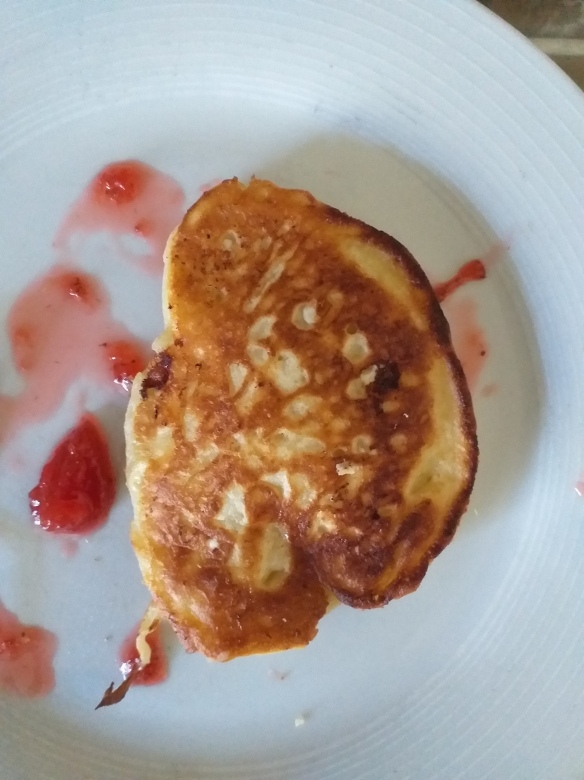
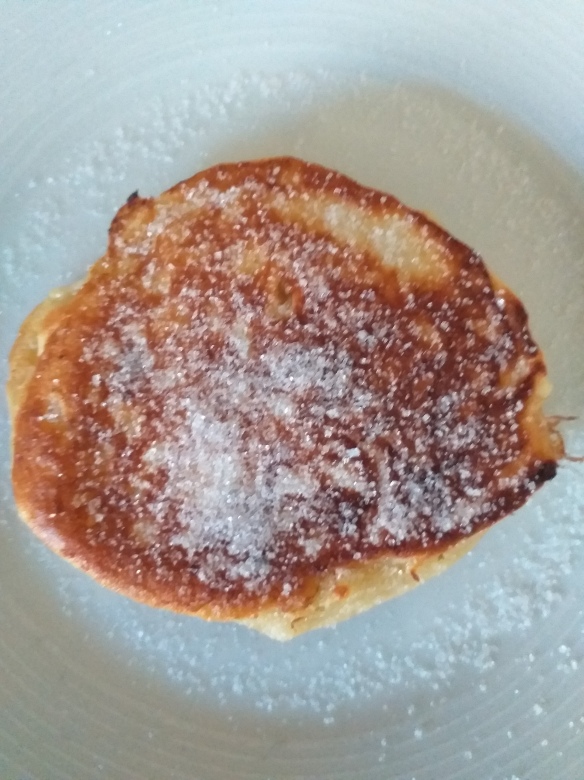

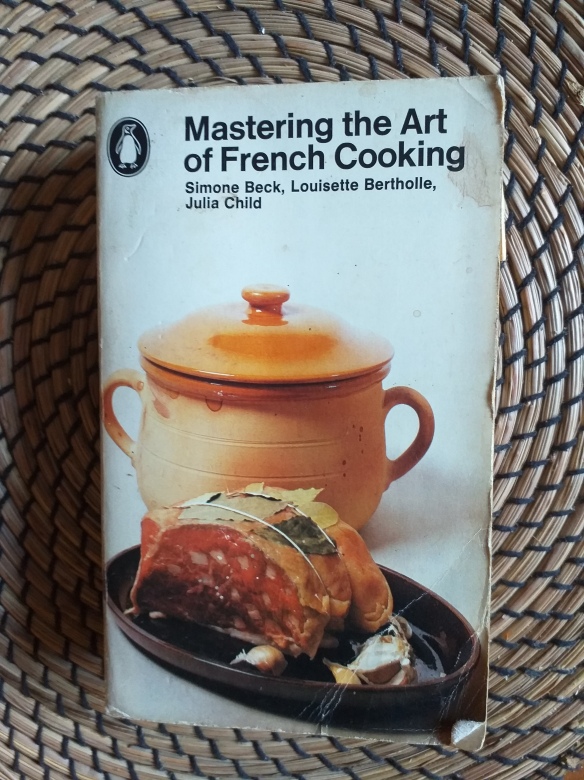
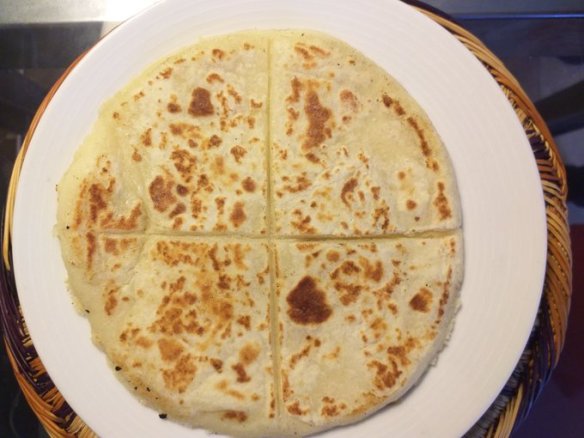
 I have been craving spicy food for breakfast and woke desperate for a bowl of rich, warming lentils. I have a lovely,
I have been craving spicy food for breakfast and woke desperate for a bowl of rich, warming lentils. I have a lovely, 
